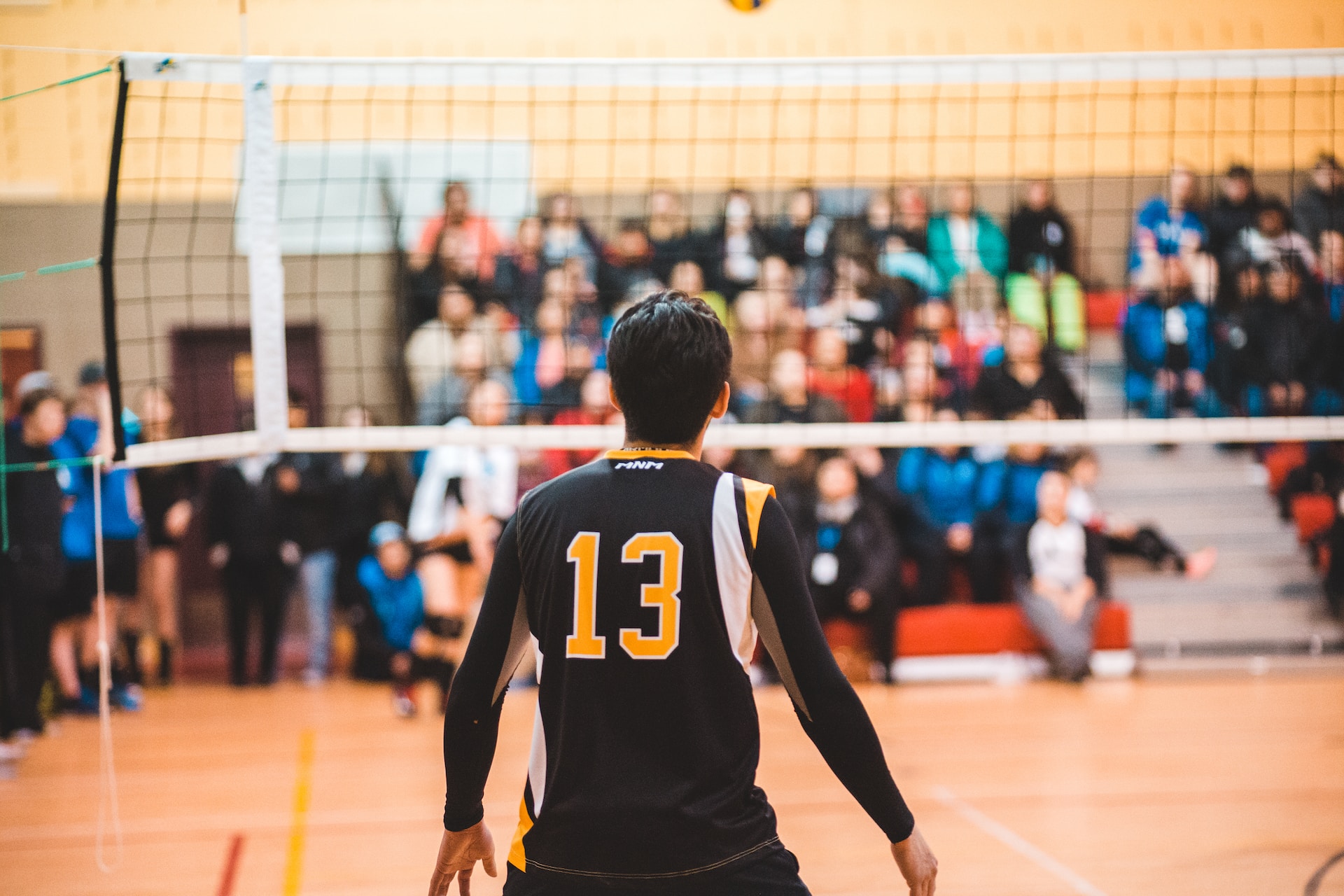Playing Sports in College: What to Know

By Jessica Hicks
If you’re a high school athlete, you may be thinking about continuing your sport in college. Maybe you don’t feel ready to be done with your sport, or you’re striving toward an athletic scholarship. College athletics offer a number of benefits, but they may also come with some new challenges. Before you commit to continuing your sport at the college level, keep these things in mind.
How College Sports Are Structured
College sports are grouped into three divisions by the National Collegiate Athletic Association (NCAA). Each division has its own academic requirements along with expected time commitments.
- Division I is the highest level of collegiate sports in the U.S. and the most difficult in terms of acceptance and competition. D1 schools are often larger. It is the only division that offers full scholarships, cost-of-attendance stipends, and more. According to the NCAA, over half of Division I athletes receive financial aid. As a D1 athlete, you should expect to be busy with your sport year-round.
- Division II athletes may find more balance in their college life. While D2 offers highly competitive programs, you’ll likely have more time for academics, internships, and more compared to competing at the D1 level. Division II offers a partial scholarship model, with about 60% of athletes receiving aid.
- Division III colleges and universities make up the biggest chunk of division schools. D3 athletes spend the fewest number of hours each week on their sport and often have the most flexibility with their schedules while still enjoying the benefits of competing. There are no scholarships offered for D3 sports.
For more information on the different divisions, check out the NCAA’s guide.
Benefits of College Sports
Sports can provide an admissions edge. Varsity-level athletes may find that their athletic experience is helpful in the admissions process. Commitment to athletics shows your work ethic, and you may even find you are being recruited by coaches. As an athlete, you may also have a better chance of being admitted to a tough-to-get-into school. Still, it’s more important that you select the college and team that align with your goals, rather than picking a school based on its prestige or athletic program alone. For example, if you’re more interested in being a student first, athlete second, a Division III school may be a better fit than a Division I program.
You may have access to scholarship opportunities. Top-level athletes may be eligible for athletic scholarships. These are not the only kinds of scholarships available, though. You may also receive academic scholarships or need-based financial aid. Most athletic scholarships are less generous than families expect and don’t cover full tuition costs. Full rides covering tuition, dorm, and meals are very rare. If you’re considering an athletic scholarship, explore other costs like dorm and meals, and think about how to handle these expenses.
You could receive academic support. Due to the time constraints and unique challenges college athletes face, they often have access to extra academic advising and support.
Your well-being may benefit. Whether it’s the camaraderie, the support and structure, or the healthy effects of exercise, college sports can provide benefits for your well-being.
Challenges Associated with College Sports
Sports take time. College sports will eat up a lot of your time, especially if you are a D1 athlete. You’ll likely have less time for academics, socializing, and relaxing. Consider how much time and energy you would like to dedicate to your sport, and whether you want it to be an element of your college experience or the core of it.
Athletic scholarships can increase pressure. If you have a scholarship for a Division I or II college, you may be obligated to play your sport in order to keep the financial assistance.
Sports are physically demanding. College athletics are stressful and demanding physically. Explore what happens to an athletic scholarship at a particular school if you are injured. Will it be taken away? What kind of medical and physical therapy programs do they have to support you in recovery?
Involvement may increase your chance of painkiller use. Research suggests that athletes have higher rates of alcohol, opioid (painkiller), and steroid use than other students. They may overuse painkillers to manage injuries and take steroids because they feel pressure to perform well consistently.
Your social circle may be limited. College athletes can sometimes feel isolated from much of the typical campus life if they’re spending most of their time with the team.
Your mental health may be negatively affected. Research suggests many college athletes say they don’t have time for mental health care, and that they face a perceived stigma around having mental health conditions as well as pressure to “tough it out.”
Learn more about mental health and college sports, and explore this NCAA link to learn more about college sports in general. Talk to your parents, your high school coach, and the college coaches of schools that interest you.
Club or Intramural Sports
If you’re interested in continuing your sport recreationally, club or intramural sports could be the right fit for you. Club sports are often more competitive than intramural sports and may require a larger time commitment, but not to the same degree as participating on a Division I, II, or III team. If you’re in it for the enjoyment alone, intramural sports are typically more casual and can give you more flexibility while still providing friendly competition and ways to meet new people.







